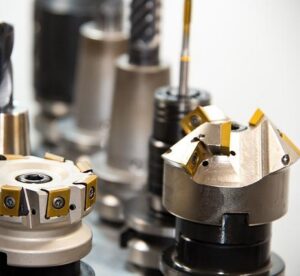Aerospace engineering is one of the UK’s most technically demanding and innovative industries. From developing lighter, stronger materials to improving fuel efficiency, aerodynamics, and safety systems, aerospace businesses face constant pressure to meet the highest standards of performance and compliance. Whether you’re working in aircraft manufacturing, component design, or aviation systems integration, your projects may qualify for R&D tax relief.
R&D tax relief supports UK businesses that attempt to make scientific or technological advancements by overcoming technical uncertainties. In aerospace, this could mean pushing the limits of materials science, solving complex engineering challenges, or developing new systems that improve the safety, efficiency, or sustainability of aircraft.
Qualifying activities go beyond routine design and manufacturing. To qualify, your work must require experimentation, testing, and problem-solving where the outcome isn’t guaranteed and industry knowledge doesn’t already provide a clear solution.
Here are some examples of qualifying activities in aerospace engineering:
Developing New Aerospace Components or Systems
Engineering components such as airframes, wings, engines, or landing gear that are lighter, stronger, or more efficient, particularly when developing materials or designs that have never been used before.
Improving Aerodynamics and Fuel Efficiency
Conducting research and testing to improve airflow, reduce drag, or enhance lift, helping to make aircraft more fuel-efficient and environmentally friendly.
Advancing Materials Science
Developing or testing new lightweight composites, alloys, or coatings that improve performance while meeting strict aerospace safety and durability standards.
Enhancing Manufacturing Processes
Improving production techniques such as precision machining, additive manufacturing (3D printing), or advanced assembly methods to reduce waste, improve accuracy, or scale production.
Solving System Integration Challenges
Integrating complex mechanical, electrical, and software systems within aircraft or aerospace infrastructure, particularly when overcoming compatibility, performance, or safety challenges.
Improving Safety and Compliance Systems
Developing new safety features, testing protocols, or certification processes to meet UK Civil Aviation Authority (CAA) or international aerospace standards.
Developing Sustainable Aviation Technologies
Researching and developing low-emission propulsion systems, electric or hybrid aircraft, or sustainable aviation fuels (SAF) to support the UK’s net-zero goals.
Testing and Validating Aerospace Innovations
Building and testing prototypes, conducting wind tunnel testing, or running simulations to validate new designs under real-world conditions.
If your aerospace engineering business is engaged in these or similar activities, you could be eligible to claim R&D tax relief. This government-backed incentive can help you recover a portion of your development costs, supporting the ongoing innovation that keeps the UK aerospace industry at the cutting edge of global aviation.



